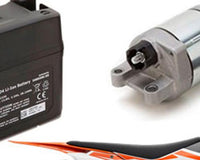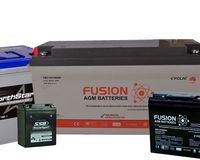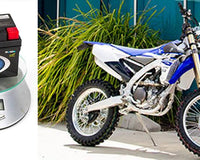Trying to decide which battery you should use for your bike, boat, car or golf cart is one of the hardest decisions you’ll ever make.
A battery can make or break an application, and a bad battery can ruin it, and end up costing you an arm and a leg.
With all this information being thrown around, a lot of people are unsure whether a lithium battery or an AGM lead-acid battery is best. Both battery types have their own features, benefits, and disadvantages.
Firstly, you’ve got the cost. When it comes to production, lead-acid wins as they are the cheapest to produce. But Lithium batteries are much cheaper for you to own, as they have higher performance and better longevity and require almost no maintenance.
When it comes to the weight, lithium batteries win by a mile. They are extremely light, take the SSB Powersport range for example. Lead acid batteries are much heavier as they contain more lead.
Lithium batteries also win in the cycle life war, as they have an average of 800 cycles, compared to the standard 200-300 cycles in an AGM. AGM Batteries need to be replaced more than lithium batteries do. AGM batteries have their perks too. They typically have a high CCA rating , and are highly resistant to vibration, due to the way they’re built. They’re considered to be safe for motorhome use, as they don’t give off any hydrogen when they charge, so they don’t need to be ventilated.
However, AGM Batteries need to be replaced more than lithium batteries do. Lithium and AGM batteries are both used for a wide range of applications and from the pros and cons listed above, it really is up to the user to decide which is best for them.









